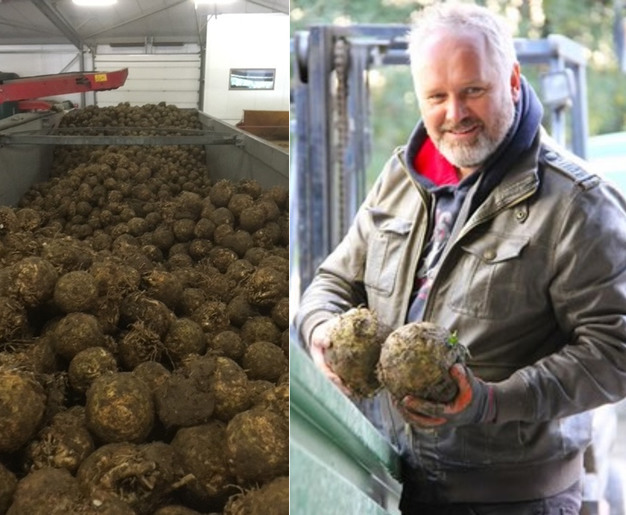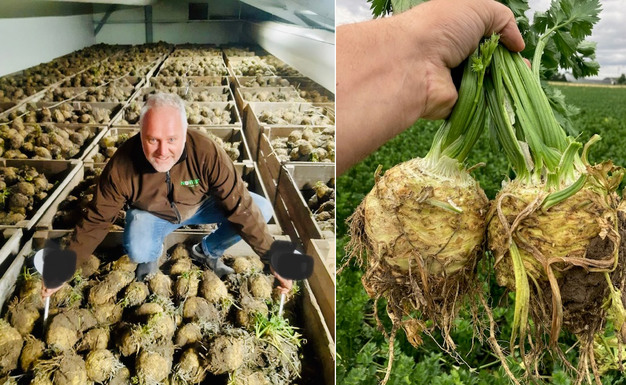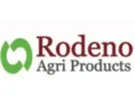This year, the celeriac season has taken a completely different turn, according to Robert den Ouden from Rodeno Agri Products. "Initially, we thought there would be enough tubers, but then it started raining and freezing. Many farmers waited for better conditions to harvest, but they never came."

"We had two short frost periods at the beginning of December and January. And a tuber can't withstand frost. As a result, many tubers were damaged by the frost. These were immediately harvested and made their way to the industry. This has already cleared a lot of the tubers. The majority of tubers now coming out of storage were harvested in November. That happened under harsh conditions too, but in hindsight, those farmers did well, as the conditions only became more risky. The quality of the tubers is good, but you do sometimes see some damage."

"Almost all the celeriac that is still in the cells was harvested before the first frost, and farmers are currently very cautious with it. This is a trend you also see in other field crops such as potatoes, onions, and carrots. And celeriac remains a quite speculative crop," continues Robert. "This results in a somewhat lazy-expensive market. Because the price is so high, demand isn't frantic. At the same time, the demand is quite broad, with practically all European countries participating. Poland has also started inquiring and ordering in the Netherlands. But we still have about five months to go with the tubers, so we shouldn't rush the sales if we want to evenly distribute the stock over the coming period."
 For more information:
For more information:
Robert den Ouden
Rodeno Agri Products BV
Postbus 110 4460AC Goes
T: +31(0)6 531 90 100
[email protected]
www.rodeno.nl
